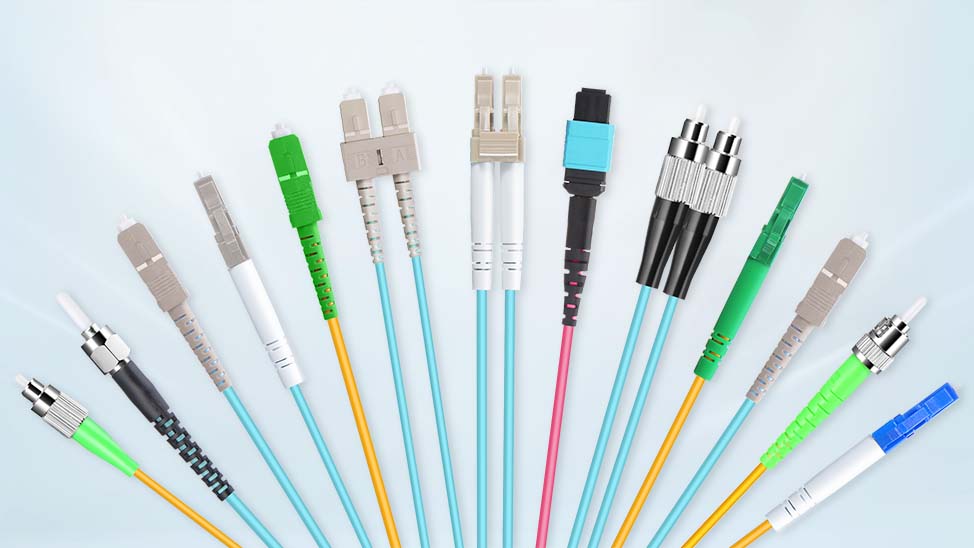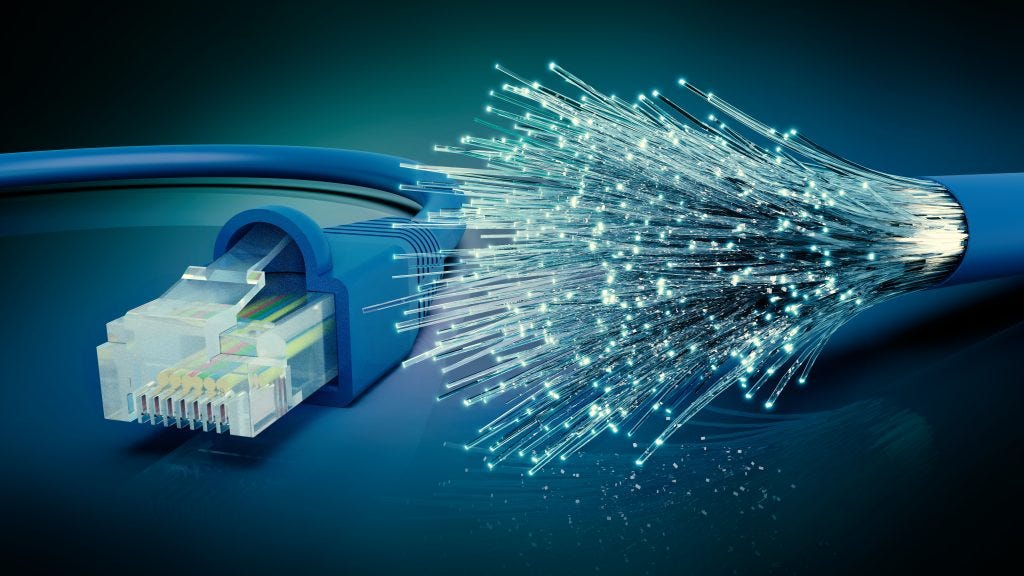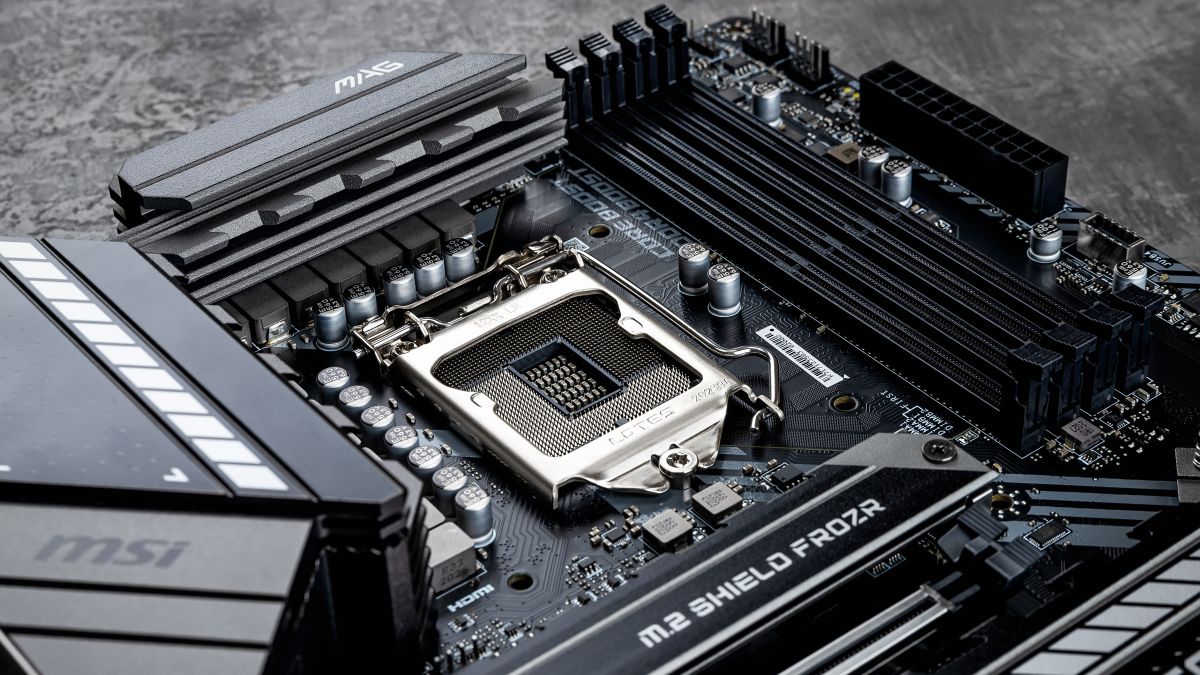In the realm of modern telecommunications and data transmission, fiber optic cables stand as the backbone of high-speed connectivity. These cables transmit data using light pulses, offering unparalleled speed and reliability over long distances. However, the efficiency of fiber optic networks heavily relies on the connectors used to terminate and connect these cables. Understanding the various types of fiber optic connectors is crucial for ensuring seamless communication and optimal performance. Let’s delve into the world of fiber optic cable connectors, exploring their types, applications, and unique features.
- SC Connector (Subscriber Connector):
- The SC connector is one of the most common connectors in fiber optic networking.
- It features a push-pull coupling mechanism, making it easy to install and remove.
- Widely used in data communication applications, such as Ethernet networks and telecommunications.
- Its square-shaped connector provides excellent stability and low insertion loss.
- LC Connector (Lucent Connector):
- LC connectors are smaller in size compared to SC connectors, making them ideal for high-density applications.
- They use a latch mechanism for secure connections, ensuring minimal signal loss.
- Commonly found in switches, routers, and transceivers for networking equipment.
- Suitable for both single-mode and multimode fibers, offering versatility in various network architectures.
- ST Connector (Straight Tip):
- ST connectors were once prevalent in networking applications but have been largely replaced by newer connector types.
- They feature a bayonet-style coupling mechanism, requiring a twist-on and twist-off motion for connection.
- Typically used in older LAN installations and backbone cabling systems.
- Despite being less common today, they still find utility in some industrial and military applications.
- FC Connector (Ferrule Connector):
- FC connectors utilize a threaded barrel nut coupling mechanism, providing robust connections suitable for harsh environments.
- Often used in laboratory settings, test equipment, and high-vibration environments.
- The connector’s metal housing offers superior protection against electromagnetic interference.
- Primarily used with single-mode fibers due to their precision alignment requirements.
- MT-RJ Connector (Mechanical Transfer Registered Jack):
- MT-RJ connectors are duplex connectors, meaning they can transmit data over two fibers simultaneously.
- They feature a small form factor, making them suitable for space-constrained installations.
- Commonly deployed in local area networks (LANs) and fiber to the desk (FTTD) applications.
- Offers easy polarity reversal for quick and convenient installations.
- MPO Connector (Multi-Fiber Push-On/Pull-Off):
- MPO connectors consist of multiple fibers housed within a single connector, facilitating high-density connections.
- Ideal for backbone cabling, data centers, and high-speed parallel optical links.
- Enables rapid deployment of large-scale fiber optic infrastructure, reducing installation time and complexity.
- Supports various configurations, including MPO/MTP (Multi-Fiber Termination Push-on/Pull-off) for standardized interoperability.
Each type of fiber optic connector offers distinct advantages suited to specific applications and environments. When selecting a connector type, considerations such as compatibility, installation ease, density requirements, and environmental conditions play crucial roles. Moreover, proper handling, cleaning, and maintenance are essential to ensure optimal performance and longevity of fiber optic connections.
In conclusion, the world of fiber optic cable connectors encompasses a diverse array of options, each tailored to meet the demands of modern communication networks. Whether it’s the high-density efficiency of LC connectors, the rugged durability of FC connectors, or the rapid scalability of MPO connectors, choosing the right connector type is paramount for building reliable and high-performance fiber optic infrastructure. By understanding the characteristics and applications of different connectors, network engineers and technicians can effectively design, deploy, and maintain robust fiber optic networks to support the ever-growing demands of the digital age.




Comments (0)